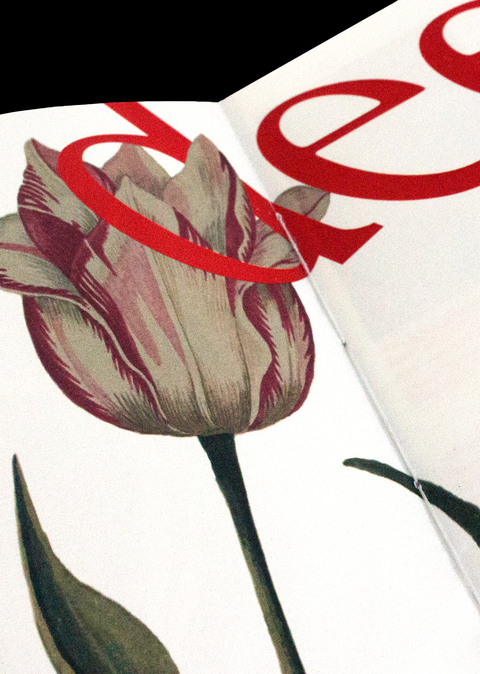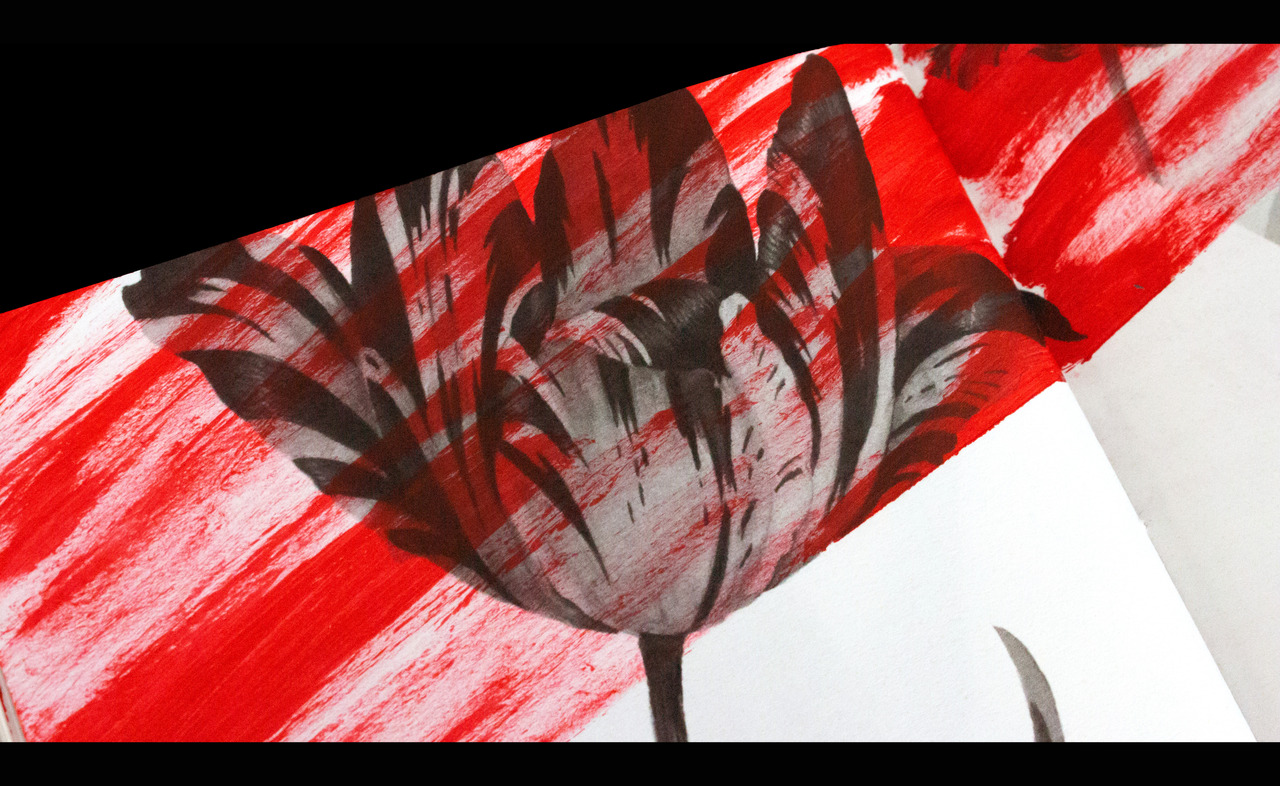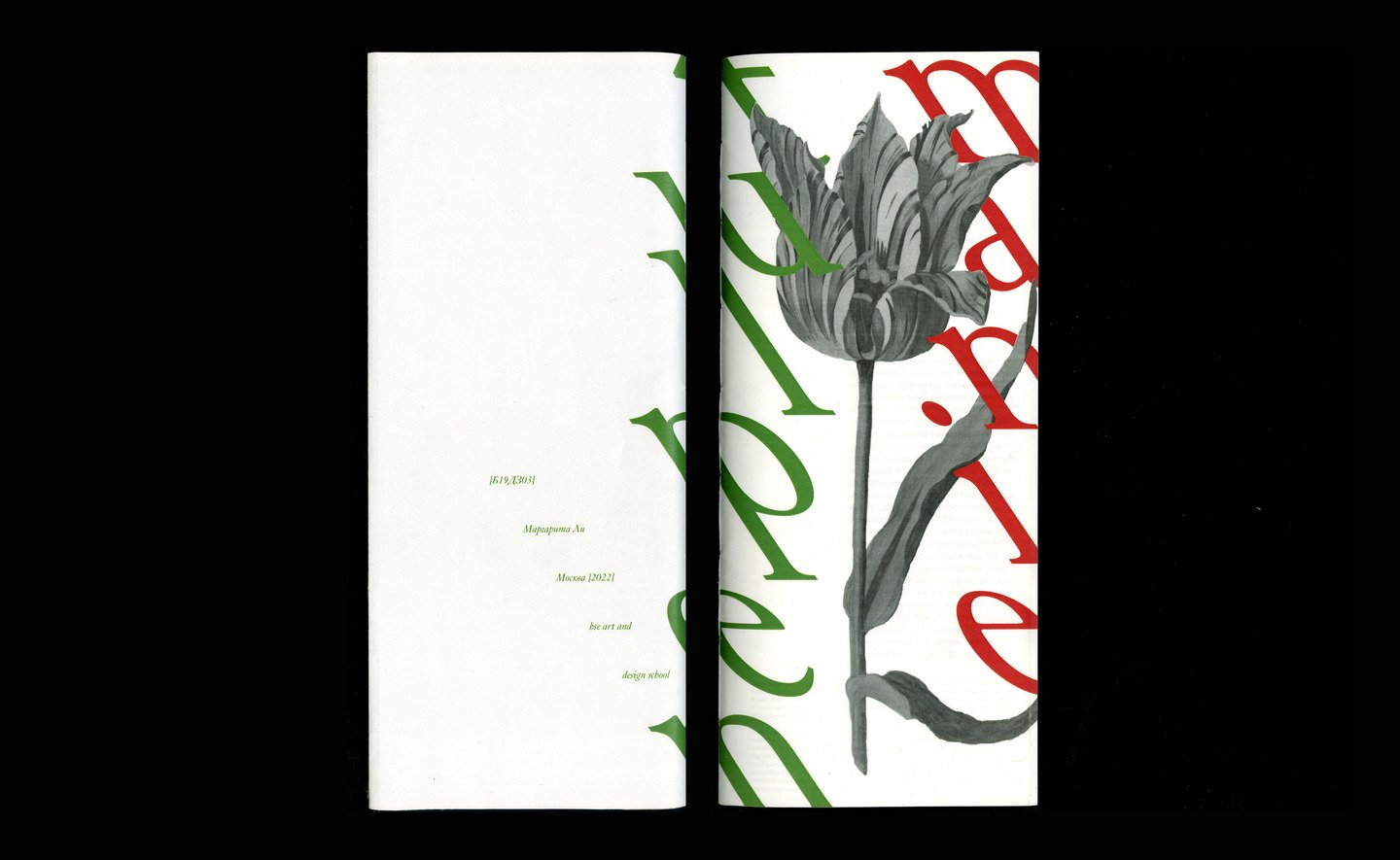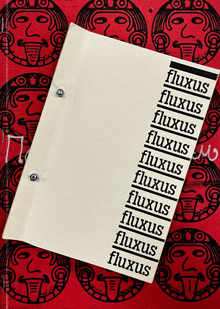
tulpenmanie
In the 21st century, the tulip is a common plant and one of the symbols of the Netherlands, but in the 16th and 17th centuries the Dutch had a completely different view of the flower. Intricate and changeable flower from the far-away East was a symbol of novelty, unpredictability, provoked admiration and a desire for possession. In the Netherlands, rare tulips came to be very highly valued by the general public, together with gold and precious stones.


The book tells the history of the tulip in the Netherlands: from its appearance in Europe to the tulip mania of 1636—1637, witnessing a short-term surge in the rush demand for tulip bulbs.
The titles
In the book, one can observe movement of color. As the fascination with the beauty of the flower develops into financial speculation, the tulips lose their color and become black and white, the degree of hysteria in society increases and the green text in the book is replaced by the red one. Layout gains a sharp angle, reflecting the shift in values that has occurred in Dutch communities.
Spreads from the first and the last chapter
There are three pop-up flaps in the book containing engravings
In addition to flaps with engravings, there are also two flaps with ‘portraits’ of tulips, where their names and auction prices are specified
The paint, applied through a stencil, imitates the tiger colour of a tulip. It was the variegated flowers that were most valued in the period of tulip mania



